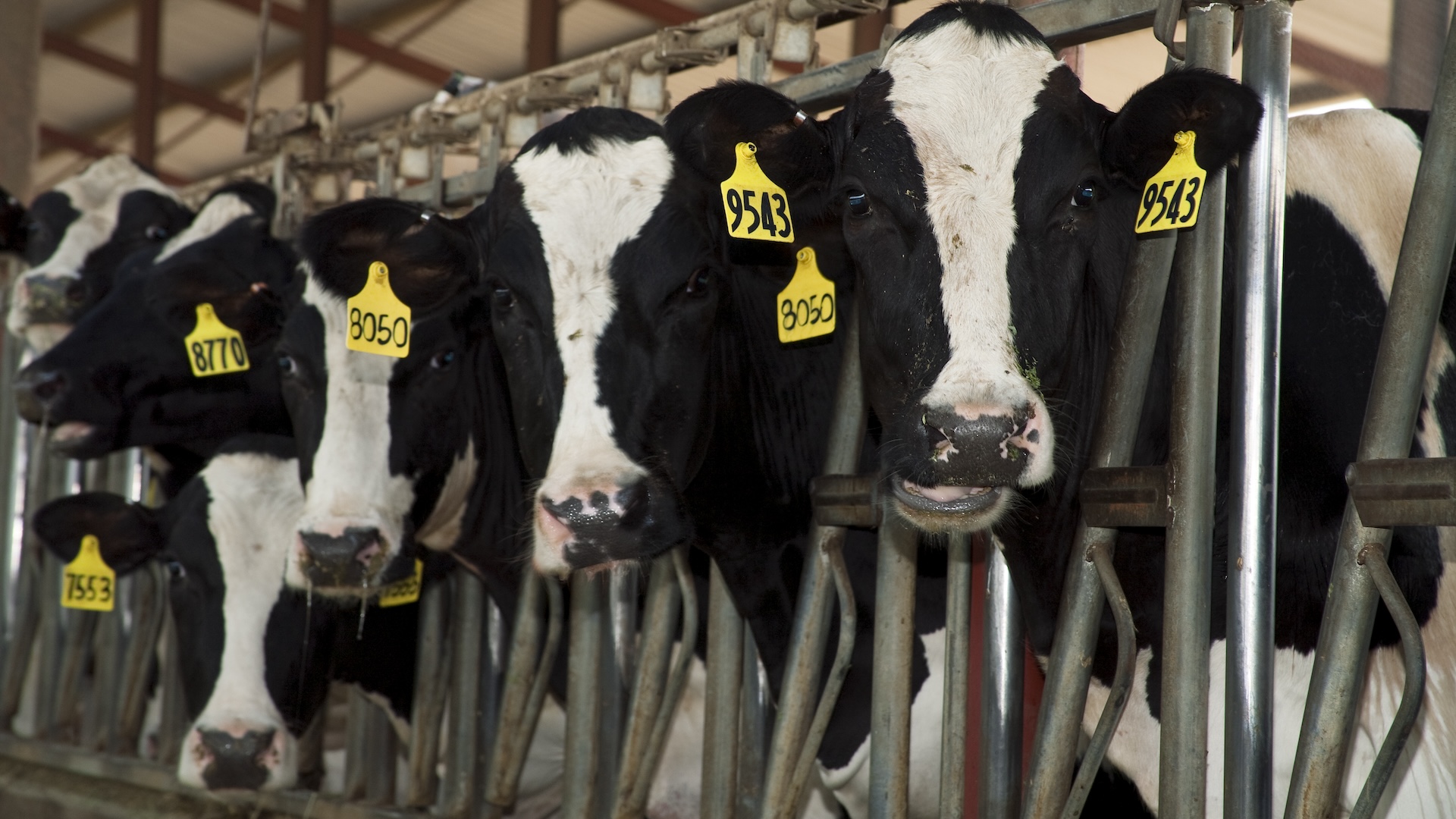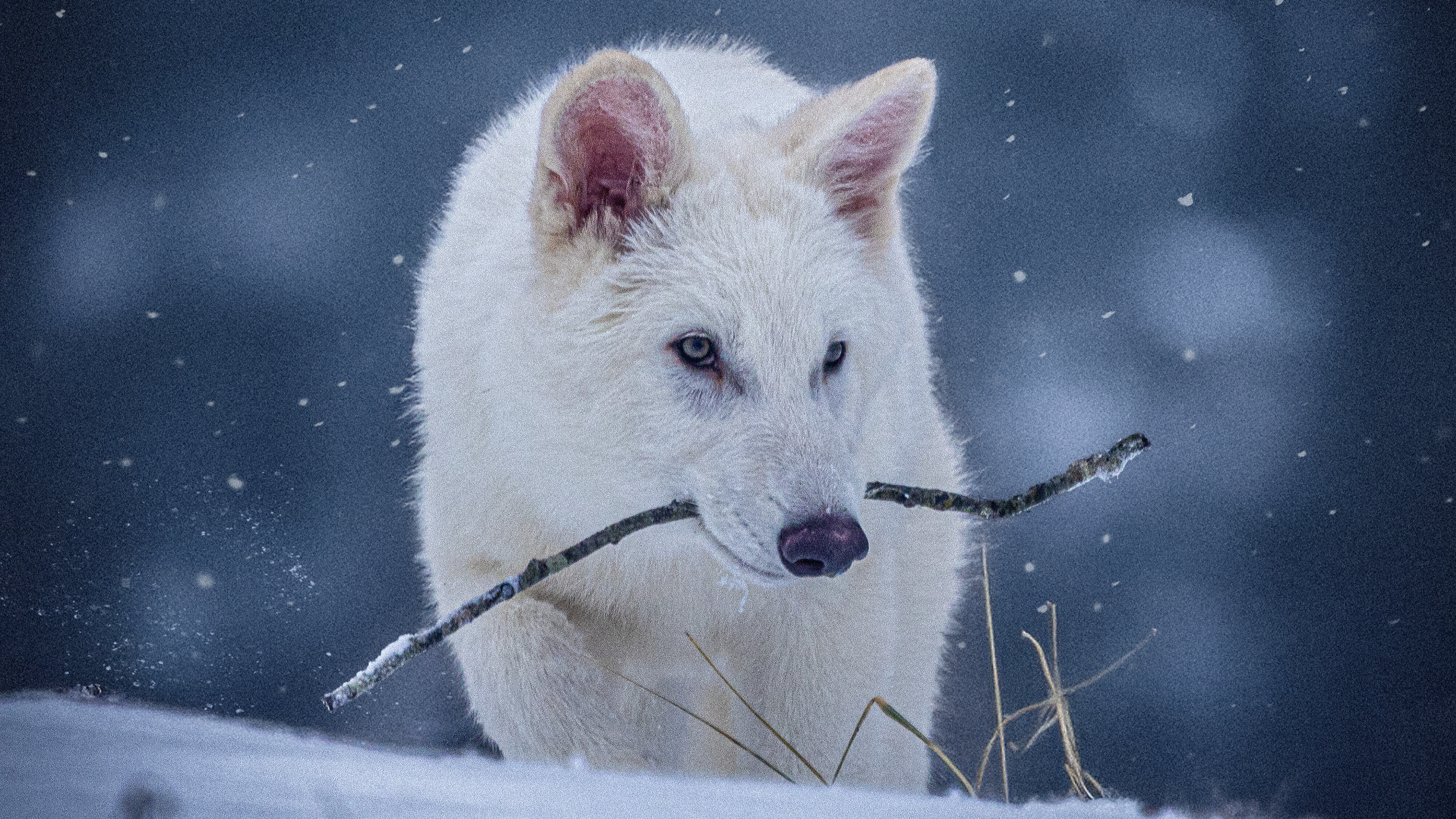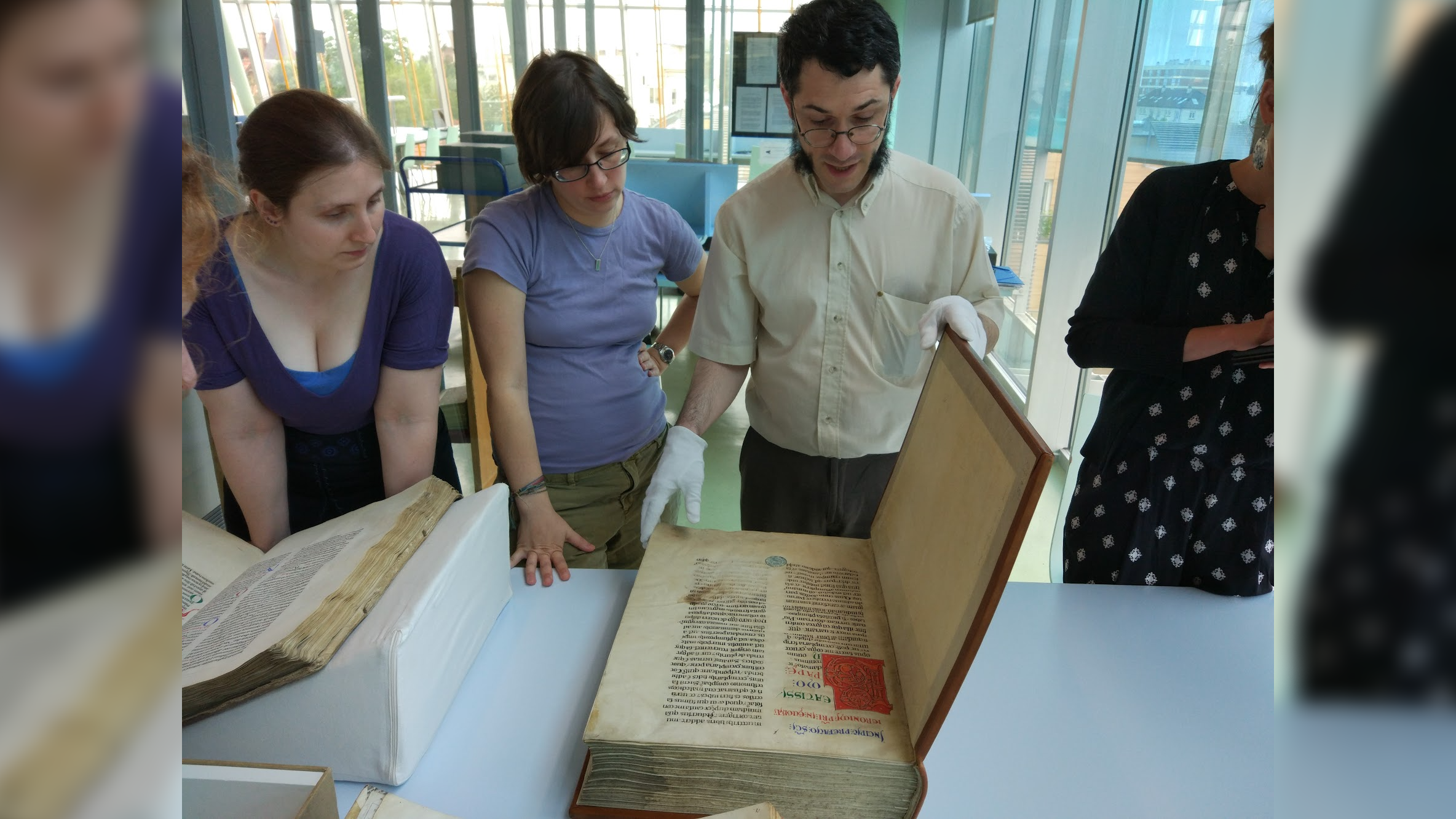2nd form of bird flu detected in US cows
A branch of the H5N1 bird flu family tree that hadn't previously been seen in cattle has now been detected in dairy cows.

A second type of bird flu has been detected among dairy cows in the United States, the U.S. Department of Agriculture's Animal and Plant Health Inspection Service (APHIS) has reported.
A broad subtype of bird flu called H5N1 has been circulating among U.S. dairy cows since at least 2024. The first cases were detected in cattle in March of last year, and since then, nearly 960 herds across the nation have been affected. That's according to the latest numbers available on the Centers for Disease Control and Prevention (CDC) website.
The H5N1 virus has a complex family tree, and cows in the U.S. have so far been infected by a branch of that tree known as the B3.13 genotype of clade 2.3.4.4b. Meanwhile, another genotype, called the D1.1 genotype, has been spreading in wild birds and poultry in the U.S. and Canada.
Like B3.13, the D1.1 genotype has also infected people. For example, it recently infected poultry workers in Washington state, who had mild cases, and a teen in British Columbia, who had a severe case that required intensive care. Additionally, a person in Louisiana contracted a severe case of D1.1 that was ultimately fatal.
Now, in a first, this D1.1 genotype has been detected in dairy cows in Nevada, APHIS said in a statement released Wednesday (Feb. 5).
Related: How to avoid bird flu
"This is the first detection of this virus genotype in dairy cattle," APHIS representatives said in the statement. "Genotype D1.1 represents the predominant genotype in the North American flyways this past fall and winter and has been identified in wild birds, mammals, and spillovers into domestic poultry." (Flyways are routes regularly used by large numbers of migrating birds.)
Sign up for the Live Science daily newsletter now
Get the world’s most fascinating discoveries delivered straight to your inbox.
The statement noted that "This confirmation was a result of State tracing and investigation, following an initial detection on silo testing under the USDA's National Milk Testing Strategy (NMTS) in Nevada."
The USDA has been testing samples of raw milk from dairy farms to help track the spread of bird flu. The testing is conducted on milk that hasn't yet been pasteurized because pasteurization inactivates the virus. As of mid-January, 36 states were enrolled in the program, covering about two-thirds of the nation's commercial milk supply.
The USDA is now working with the Nevada Department of Agriculture to conduct additional tests on the affected farm and to take measures to prevent further spread of the virus.
"We shouldn't be surprised about a new spillover to cattle, given the very significant activity in waterfowl across much of the United States," Michael Osterholm, a University of Minnesota epidemiologist and director of the Center for Infectious Disease Research and Policy (CIDRAP), said in an article published by the center's news arm. The virus is not going away, he added.

Nicoletta Lanese is the health channel editor at Live Science and was previously a news editor and staff writer at the site. She holds a graduate certificate in science communication from UC Santa Cruz and degrees in neuroscience and dance from the University of Florida. Her work has appeared in The Scientist, Science News, the Mercury News, Mongabay and Stanford Medicine Magazine, among other outlets. Based in NYC, she also remains heavily involved in dance and performs in local choreographers' work.
You must confirm your public display name before commenting
Please logout and then login again, you will then be prompted to enter your display name.









